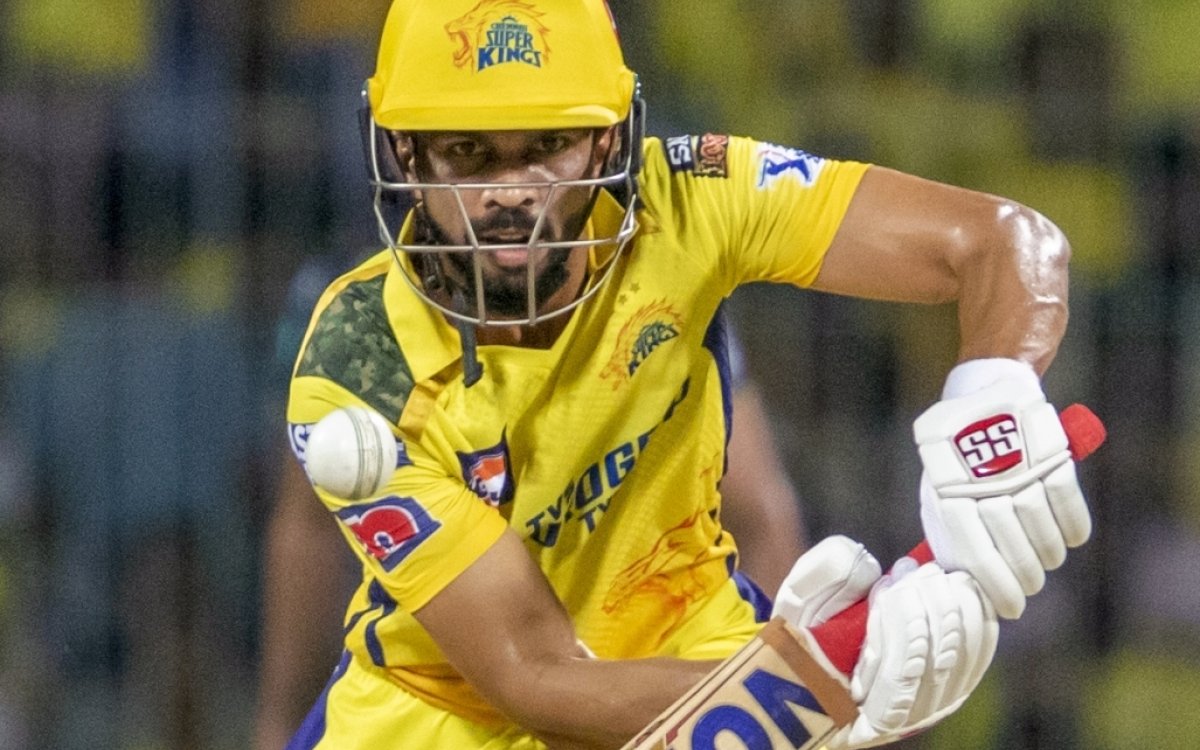Indian Premier League:
The most famous cricket league in the world, the Indian Premier League (IPL), is off to a flourishing start. The special effects of the opening ceremony had a magical touch to it. The screen on one’s digital and television platform had a sci-fi look to it. Along with the dance moves of the Bollywood stars and the pounding beats of A.R. Rehman, the extravagant curtain-raiser was the ideal setting for the inaugural match in Chennai.
Chennai Super Kings (CSK), the reigning champions, playing at home with a new young captain in Ruturaj Gaikwad, won it, in their confident, and now predictable manner, demolishing the star-studded Royal Challengers Bengaluru (RCB). The match had the two present legends of Indian cricket, Virat Kohli and Mahendra Singh Dhoni. Their presence was the start of the huge number of spectators that the tournament is attracting at all the stadiums.
The 74 matches battle among the 10 franchise-based teams, all equipped with the best cricketing brains to support them, truly showcases the professional and competitive environment that seems similar to the corporate world.
The IPL has revolutionised cricket in India. Cricketers are mushrooming from every corner of the country and spectators from all walks of life. This has made the IPL into one of the premium sports entertainment properties around the globe.
The two recent changes in the IPL regulations have once again brought out the thinking caps. The “Impact player” rule and utilising it to a team’s advantage is an area that has become very important. An additional bowler or batter may have a serious negative effect on the importance of an all-rounder, however, it has a major positive impact, especially in the area of batting. The additional batter does come in handy in a 20-over encounter, enabling a side to play far more aggressively because of the comfort of having one more person.
The second change that has brought a bit of relief for the bowler has been allowing them to bowl two bouncers an over. It was the cricket committee under Sunil Gavaskar at the ICC that was instrumental in bringing in the one-bouncer-an-over-per-batter rule. The fast bowlers earlier were the sufferers, as batsmen were going onto their front foot and even the tail-end batters were hitting them fearlessly. The two bouncers’ introduction into the IPL is a nice gesture for the pacers to have an additional weapon in their armory. The challenge, however, for the bowler is how to make the bouncer effective on most of the slow as well as the lack of bounce wickets, at most of the IPL venues in India.
The match between Mumbai Indians (MI) and Sunrisers Hyderabad (SRH) played on March 27 in Hyderabad, where 543 runs were scored, will now be the structure and approach in the matches to come. This should make the IPL even more exhilarating, as teams and individual batsmen will be going with a shoot-out attitude from the very first delivery they face.
The shorter boundaries and the thick and well-pressed present wooden bats have made hitting fours and sixes quite effortless. The SRH versus MI had 38 sixes being hit, a record in T20 cricket. One does feel sorry for the bowlers, as batsmen have realised that anything pitched-up or very short can be easily deposited over the fence. Cricket is now heading very much into baseball mode, a strike in every third ball is becoming the norm to follow and one is exempted of any folly, if one fails to make that effort.
Captaincy has become an important factor in the T20 format of the game. The understanding of the dimensions, wind conditions, and contour of the ground requires the captain to thoroughly understand his field placement and the fielder who is placed there. Furthermore, the shuffling of his bowlers and understanding each one’s capabilities and strengths as well as weaknesses has become essential in the fast-changing shorter version of the game.
The initial two matches of Mumbai Indians are good examples of the blunder that has come to haunt them. With Jasprit Bumrah, the best fast bowler in the world at present on their side, they opted to use him as a run-saver and stock bowler rather than as a frontline one. He needed to open the bowling to send the openers back home, rather than coming around the fourth over to topple them. By the time Jasprit was introduced, the batters had already got their eye-in and even then struggled to get him away. Similarly, altering the batting order to suit the frequently changing situation that arises requires the captain to be right on the ball.
The IPL has become a super platform for young Indian cricketers to make their mark. The talent that one sees emerging is so heartening. Youngsters of today seem so confident and positive in the way they play the game. They are far more risk-averse than cricketers of the past and not scared to play their own brand of cricket.
One, therefore, does feel the difficult task that the Indian selectors have ahead of them when they sit down to select the Indian side for the T20 World Cup in June’24. The cupboard is full of talented young cricketers and more emerging from every IPL game being played. The challenge for the selectors would be to balance a side with experience and youth. This may seem easy, however, quite difficult to implement as the old and tested have also shown performances that one cannot ignore.
The only way I see as to how selectors could differentiate among the substantial pool of established and talented players is to analyze each one’s performance minutely. The runs scored and the wickets taken against the quality of the player and in the conditions prevalent in which they did so, could be a way of evaluating them.
India are one of the firm favourites to win the T20 World Cup and the team selection will be the single most important factor that could decide the outcome of how they perform in it.
(Yajurvindra Singh is a former India cricketer. The views expressed are personal)



